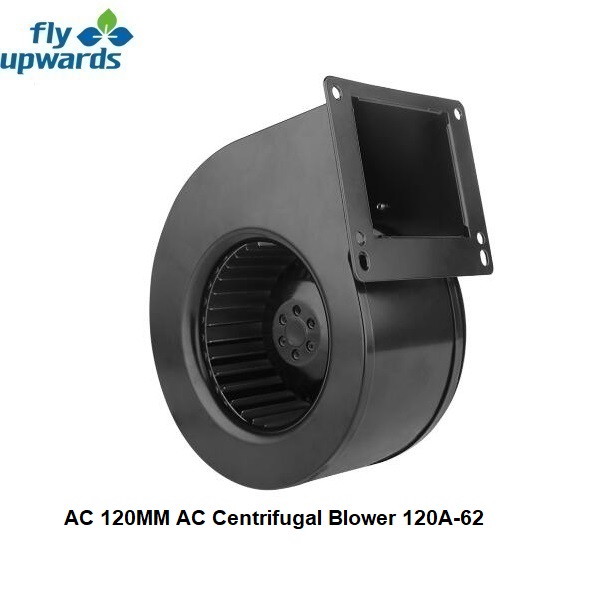The Influence of Size and Speed on the Air-Moving Capacity of AC Forward Curved Fans
2024-05-21
Air conditioning (AC) systems rely on fans to circulate air effectively, ensuring comfort and maintaining desired temperatures in various spaces. Among the different types of fans used in HVAC applications, forward curved fans are widely employed for their efficient airflow and compact design. However, the air-moving capacity of these fans is significantly influenced by their size and operating speed. In this blog, we'll delve into how the size and speed of an AC forward curved fan impact its air-moving capacity.
Understanding Forward Curved Fans
Forward curved fans, also known as "squirrel cage" fans, feature blades that curve in the direction of the fan's rotation. These fans are characterized by their ability to generate high airflow at relatively low pressures, making them suitable for a wide range of HVAC applications, including ventilation, air conditioning, and refrigeration systems.
Influence of Size
1. Diameter
The diameter of a forward curved fan significantly affects its air-moving capacity. Generally, larger-diameter fans can move more air than smaller ones. This is because larger blades have a greater surface area and can capture more air per revolution. Consequently, fans with larger diameters are often used in applications where high airflow rates are required, such as industrial ventilation or large-scale air conditioning systems for commercial buildings.
2. Depth
The depth of the fan, or the distance between the hub and the tip of the blades, also influences its air-moving capacity. Deeper fans can accommodate larger blades, allowing for more significant airflow. However, deeper fans may require more space for installation and may be less suitable for compact or space-constrained applications.
Influence of Speed
1. Rotational Speed
The rotational speed of a forward curved fan, measured in revolutions per minute (RPM), directly affects its air-moving capacity. Higher speeds result in increased airflow rates, as the blades sweep through a larger volume of air per unit of time. However, higher speeds also lead to greater energy consumption and may produce more noise and vibration.
2. Operating Point
Forward curved fans operate within a specific performance curve determined by their design and operating conditions. The operating point on this curve, characterized by a combination of speed and airflow rate, determines the fan's efficiency and air-moving capacity. Selecting the appropriate operating point is crucial to achieving optimal performance while minimizing energy consumption and noise.
Optimization for Performance
To maximize the air-moving capacity of AC forward curved fans, careful consideration must be given to both size and speed:
- Matching Fan Size to Application: Selecting a fan with an appropriate diameter and depth for the intended application ensures sufficient airflow to meet requirements without unnecessary energy consumption or space constraints.
- Adjusting Speed for Efficiency: Operating the fan at the optimal speed for the desired airflow rate helps balance performance, energy efficiency, and noise levels. Variable speed control systems allow for precise adjustment of fan speed to match changing operating conditions, further optimizing performance.
- Considering System Design: The overall design of the HVAC system, including ductwork layout, static pressure requirements, and airflow distribution, should be taken into account when selecting and operating forward curved fans to ensure compatibility and efficiency.
Conclusion
The size and speed of an AC forward curved fan play crucial roles in determining its air-moving capacity and overall performance in HVAC systems. By carefully selecting fan size and operating speed to match application requirements, HVAC engineers can achieve optimal airflow rates while minimizing energy consumption, noise, and space constraints. Understanding the relationship between size, speed, and air-moving capacity empowers system designers to design efficient and effective HVAC systems that meet the needs of various residential, commercial, and industrial applications.



